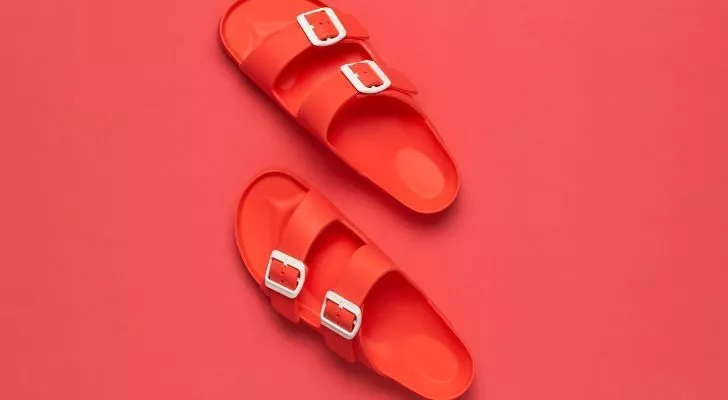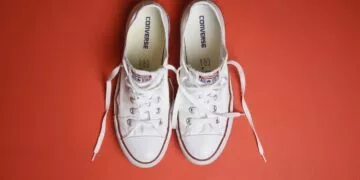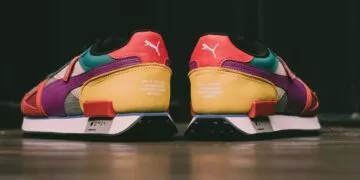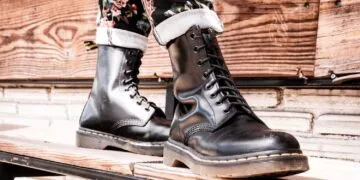If you’re a fan of stylish yet practical footwear, chances are you’ve encountered the legendary Birkenstocks at some point.
But did you know that behind their simple yet functional design lies a rich history dating back to the 18th century?
From their innovative footbeds to their eco-friendly manufacturing process, there’s a lot to unpack when it comes to these iconic sandals.
So, whether you’re a longtime Birkenstock enthusiast or just curious about what makes them so special, join me as we explore 30 comfy facts that will make you appreciate these shoes even more!
The birth of Birkenstocks stretches back to 1774 when Johann Birkenstock was licensed as a shoemaker in Germany.
Johann Birkenstock’s great-great-grandson Konrad invented the world’s first insole in 1896, followed by the world’s first arch support in 1902. He called his creation a fussbett, meaning “footbed.” For decades, Birkenstock sold only insoles.
The original Birkenstock shoe was released in 1964. It was designed by Konrad’s grandson, Karl Birkenstock. The first model of the shoe, named “The Madrid,” served as the prototype for all Birkenstock styles that followed.
Birkenstocks were inspired by a footprint left from walking in the sand. They feature a cupped heel, a protective upturned lip, and a raised bar where the toes meet the ball of the foot.
The base of Birkenstocks is constructed of shredded cork mixed with latex. This is sandwiched between layers of jute fibers and then covered with suede leather. The pliable cork-and-latex mixture has effective shock-absorbing and moisture-repellent properties.
The longer a person wears Birkenstocks, the more contoured they become to the shape of the wearer’s foot. It may take several months before a pair becomes comfortable, but it continues to become more comfy as the years pass.
Because there is only a single strap over the toes, the raised bar at the base of the toes provides a good gripping surface to keep the sandals from slipping off.
When Birkenstocks were first introduced to the American market in the late 1960s, shoe stores refused to carry them because they were so ugly. However, by the early 1970s, they had found their niche at health food stores. This resulted in the shoe’s iconic association with hippies, liberals, and flower children.
A two-strap Birkenstock model called the Arizona debuted in 1973 after being tested on factory employees. Today, a third of all Birkenstocks sold are the Arizona.
All Birkenstocks are manufactured in Germany, which is one of the world’s greenest countries with some of the best labor laws.
In the late 1980s, Birkenstocks finally found a firm foothold in the athletic/comfort shoe market. Between 1989 and 1992, the company grew by 500 percent. Between 1992 and 1994, more Birkenstocks were sold than in the previous 20 years.
In 2012, Birkenstock’s popularity jumped again when a fashion designer took one of Birkenstock’s Arizona sandals, lined it with mink, put it on the runway, and called it the “Furkenstock.” Vogue magazine raved about the new trend, saying, “There’s nothing better than a really pretty dress with an ugly shoe.”
Birkenstocks are made of only three basic parts – strap, sole, and footbed – so they are easy to repair. This can make the shoe nearly immortal. A single pair can last a lifetime, which is not bad for a shoe that retails between $50 and $150!
A mainstay of the Birkenstock method is the cork. Cork comes from the bark of the cork oak tree, which is sustainably harvested. Much of the cork used in Birkenstock factories is the shavings left over from forming corks for wine bottles.
The materials used in the manufacture of Birkenstocks are natural, unlike most other shoes. The cork, the rubber latex it’s mixed with, and the layers of jute fibers are all renewable resources. The leather straps and suede covers are the only animal-based products used.
Birkenstocks are biodegradable.
Birkenstocks do have some drawbacks, however. It takes time to break them in, and they can be uncomfortable to wear at first. Most models are not designed for prolonged exposure to water. They are also not suitable for wearing during strenuous physical activity or sports.
Birkenstock ended its relationship with Amazon in 2017 due to the sheer number of cheap knock-off counterfeits that were jeopardizing the company’s good name. Many third-party vendors still sell authentic Birkenstocks on Amazon, but the buyer must beware of inferior fakes.
Every time a celebrity is seen wearing Birkenstocks in public, the company gets a boost: Kate Moss, Gwyneth Paltrow, Madonna, Kendall Jenner, Shaquille O’Neal, Harrison Ford, Wesley Snipes, and even Martha Stewart have been spotted wearing Birkenstocks, both with and without socks.
Actress Frances McDormand was a presenter for the Academy Awards in 2019. For the occasion, she wore a berry pink designer silk gown. Underneath, she wore custom-made neon-yellow Birkenstocks. She said of Birkenstocks that they had “literally formed me physically and philosophically.”
The COVID-19 pandemic boosted Birkenstocks as people transitioned from office work to work-from-home where they could dress casually and comfortably. The Arizona model was declared “the official home-office shoe” by a Birkenstock CEO.
Birkenstock’s Arizona sandal was featured in the 2023 blockbuster film Barbie. In a pivotal scene, Barbie is given the choice of wearing her trademark high heels or a pair of sensible Birkenstocks.
In 2022, a well-worn pair of Arizona-style Birkenstocks that once belonged to Steve Jobs sold at auction for $218,000. The sale set a record for the highest price ever paid for a pair of sandals at auction. Jobs, who headed up Apple Computers, habitually wore Birkenstocks.
In 2021, the company was valued at $4.9 billion. In 2022, about 30 million pairs of Birkenstocks were sold, with an estimated revenue of $1.27 billion.
In 2022, Birkenstock’s customer base was 30 percent baby boomers, 27 percent Generation X, 31 percent millennials, and 12 percent Generation Z.
About 72 percent of Birkenstock customers are women.
The average American Birkenstock customer owns more than three pairs.
Today, Birkenstocks are sold in about 100 countries and are available in around 800 different sizes, styles, and colors.
The company recently added a leather-free vegan option. In 2018, PETA presented the company with its Libby Award for being the “Most Animal-Friendly Shoe Company.”
Today, the Birkenstock corporation is owned by L. Catterton, a company backed by the French conglomerate LVMH (Louis Vuitton – Moët Hennessy). Ironically enough, this is just the sort of high-fashion outfit that Birkenstock always shunned.
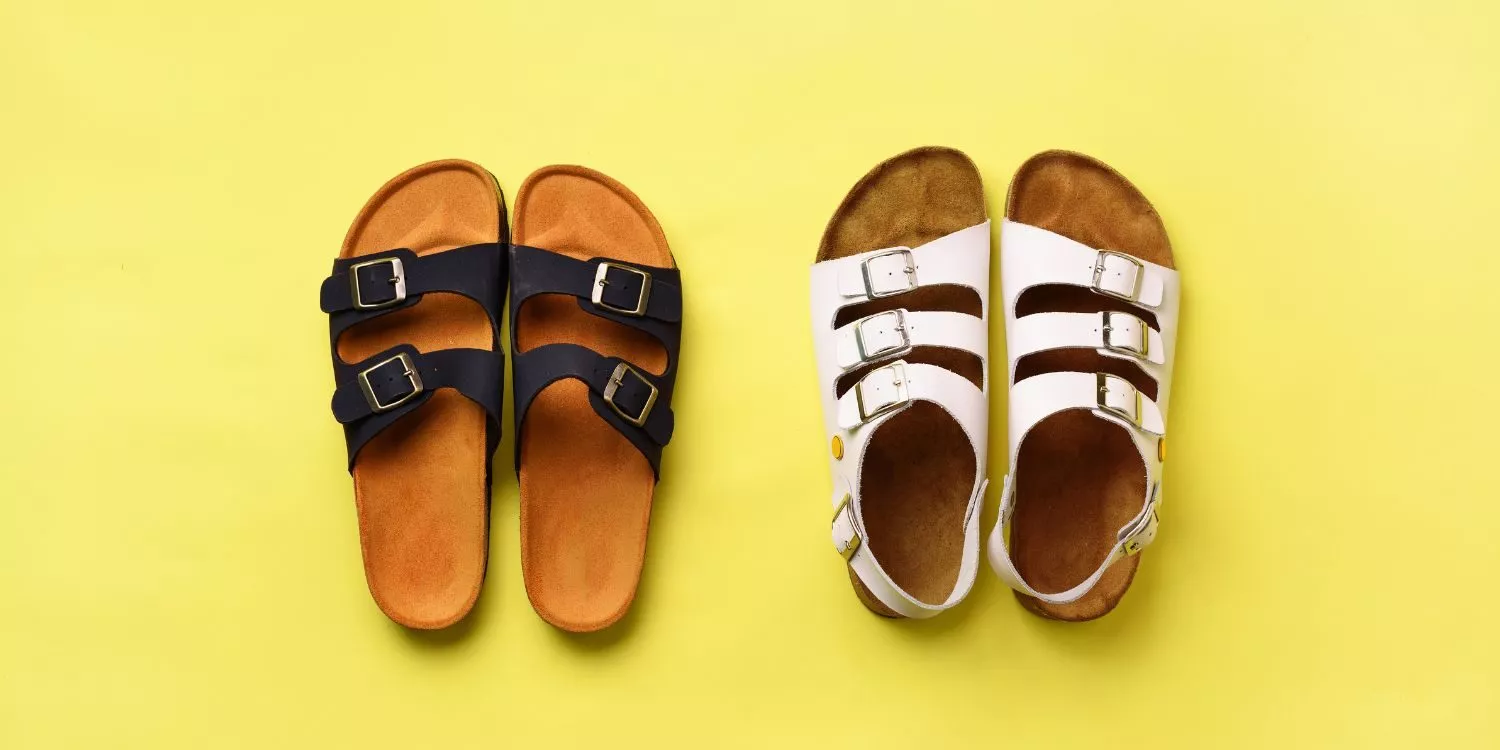
It’s been said that when Birkenstocks first found their footing among the anti-nuke health-nut counterculture, the concern was not over what they looked like so much as whether the shoes helped align the chakras.
They were the shoe of the opposition; they were the kale of footwear. And yet, Birkenstocks eventually transcended these stereotypes and became an icon of practical value.
The shoes are high quality, they’re timeless, and most importantly, they’re comfortable.

